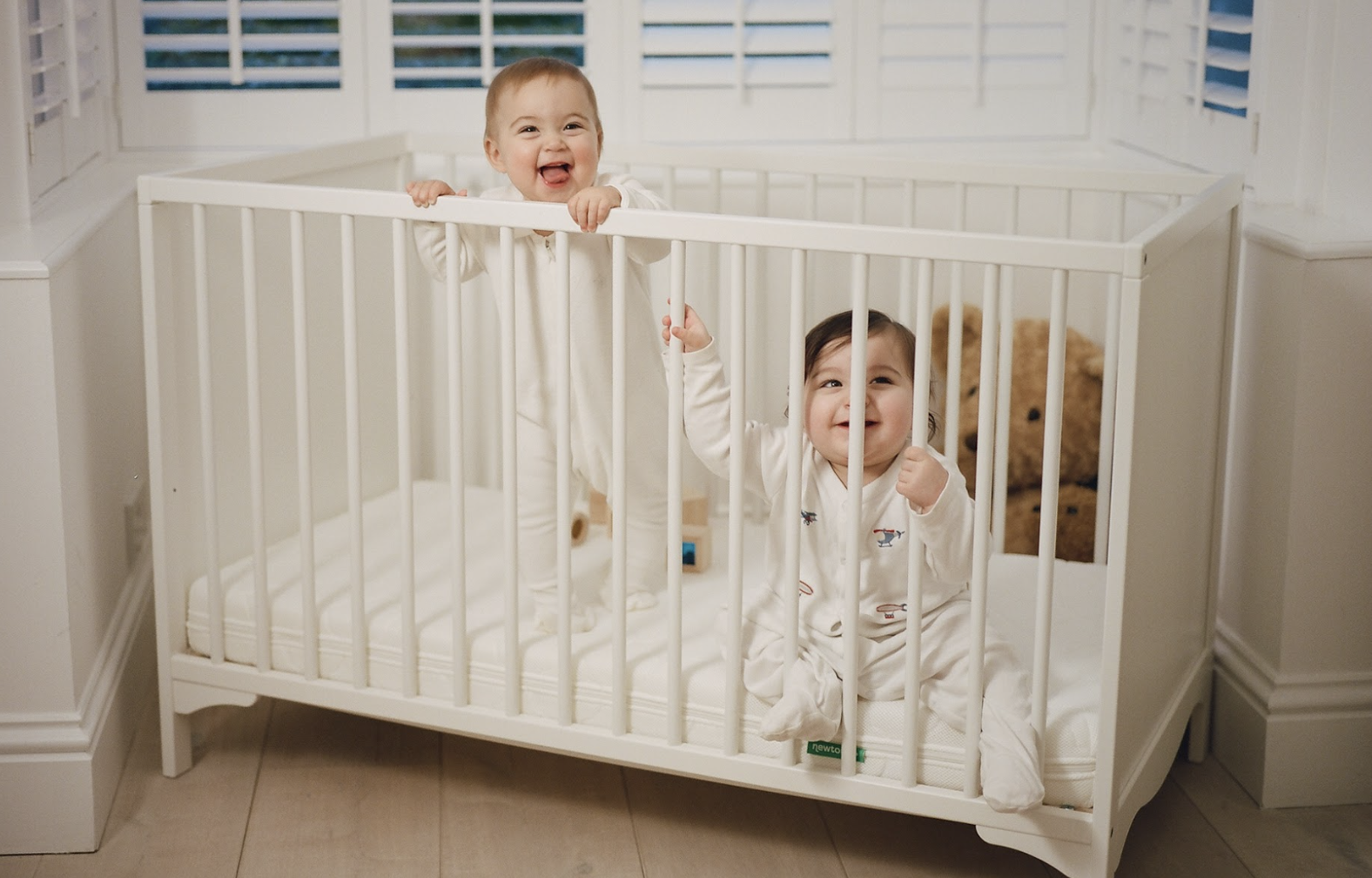
GET STARTED WITH A FREE CUSTOM SCHEDULE AND PLAN OVERVIEW ON OUR MOBILE APP →
TRY BATELLE FOR FREE →

Parenting styles are as diverse as the families that practice them, and with so much information available, it can be challenging to navigate the landscape. According to data collected from over 100,000 parents who interacted with Batelle’s booking flow, 14.88% stated that an attachment parenting style was important to them. This highlights the need for clarity, especially when it comes to terms like “Attachment Parenting” and “Attachment Theory,” which are often used interchangeably but mean different things.
This blog aims to dispel the confusion and provide a clearer understanding of these two distinct concepts, helping you make informed decisions that suit your family’s needs.
Attachment Parenting, developed by William Sears, focuses on a set of practices known as The 7 Baby B’s. In contrast, Attachment Theory, coined by John Bowlby, examines the long-term caregiver-child relationship’s impact on emotional and social development. It identifies four patterns of attachment: secure, anxious-ambivalent, disorganized, and avoidant.
Secure attachment is crucial for healthy child development. Researchers emphasize that the caregiver’s attunement and responsiveness are paramount in building secure attachment. It is essential for parents to provide safety, security, and trust by being available and responsive to their child’s needs. This promotes a sense of well-being and lays the foundation for secure attachment.
Conflating Attachment Parenting with Attachment Theory can cause unnecessary stress for parents due to the misinterpretation of parenting prescriptions. When parents believe that they must adhere strictly to all aspects of Attachment Parenting, such as constant contact or constant responsiveness in order to foster secure attachment they may develop unrealistic expectations for themselves. This can lead to feelings of overwhelm, as parents may believe they must meet these high standards at all times, even if it becomes impractical or unsustainable in their daily lives.
It is important to note that there is absolutely nothing wrong with choosing Attachment Parenting as a lifestyle if it is working for you and you find it enjoyable. Many parents find joy and fulfillment in the practices associated with Attachment Parenting, such as baby-wearing, co-sleeping, and responsive feeding. These practices can enhance the parent-child bond and create a nurturing environment for the child’s well-being. The key distinction is in whether or not you find those practices to be enjoyable and sustainable for your family.
However, it is crucial to recognize that secure attachment is not solely dependent on adhering to a specific parenting style. Understanding the distinction between Attachment Parenting and Attachment Theory allows parents to embrace a more balanced and flexible approach. They can focus on the core principles of Attachment Theory, such as responsiveness, attunement, and creating a safe and trusting relationship with their child, while also incorporating practices and techniques that align with their individual circumstances and parenting philosophy.
By acknowledging that there is no one-size-fits-all approach to parenting and that different families may find their own paths to nurturing secure attachments, parents can alleviate unnecessary stress and feel empowered to make choices that work best for them and their child. It is important to prioritize the well-being and happiness of both the parent and the child, ensuring a loving and supportive environment while fostering a secure attachment bond
Batelle’s Method recognizes that infants and young children rely on the caregiver’s support and guidance to develop healthy sleep habits. Rather than expecting babies to self-soothe or self-regulate—something that can’t be done independently until early adulthood—the method emphasizes the caregiver’s role in helping the child learn new ways to settle to sleep. This approach promotes a secure attachment by providing the child with the comfort and reassurance they need during the sleep training process.
By prioritizing the caregiver’s presence, responsiveness, and support, Batelle’s Method aligns with the principles of secure attachment. The method acknowledges the child’s need for a safe and trusting relationship with the caregiver while they learn and adapt to new sleep routines and habits. This balanced approach supports both the child’s sleep independence and the development of a secure attachment bond with the caregiver.
Sleep training, when approached holistically, considers various factors involved in sleep. It takes into account the child’s developmental stage, sleep environment, routines, and emotional well-being. Our approach is different from conventional sleep training methods because we are focused on much more than just changing your child’s sleep habits. Our focus is on addressing your child’s underlying needs and promoting attunement by teaching you, the caregiver how your emotional regulation plays a part in your child’s.
Differentiating between Attachment Parenting and Attachment Theory is essential in understanding their distinct concepts. Fostering secure attachment requires caregivers to prioritize responsiveness and attunement. Batelle’s Method can be a helpful approach to promote sleep independence while maintaining a secure attachment bond. By dispelling misconceptions and finding a balance between meeting a child’s needs and supporting their independence, parents can nurture strong, secure attachments in their children’s lives.
